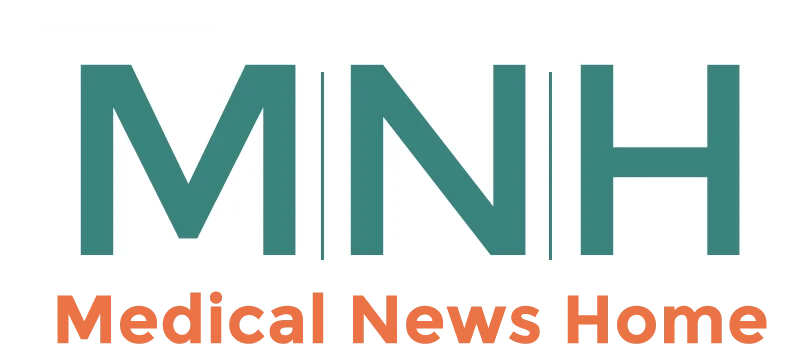5 Trends in the U.S. Health Care System
- Updated on: May 7, 2025
- Published on Sep 2, 2022

Healthcare trends in the United States involve a number of divisive issues. On one side are conservatives who want to keep the insurance-driven, for-profit model that has been in place for decades. Progressives, on the other hand, want to prioritize people and their health over profits and shareholders. Healthcare is changing on a daily basis, and the industry leaders who truly focus on transformation will be the most successful. We are witnessing an evolution in the delivery of patient care, with a focus on putting humans at the center of care. In any case, there are five trends that are woven into the fabric of the situation.
The Transition to Value-Based Care
Previously, hospitals were paid by health maintenance organizations and other similar entities based on the number of patients seen, tests performed, and other fee-based mechanisms. Since the passage of the Affordable Care Act, which altered the way health-care providers were compensated, the healthcare industry has shifted toward value-based care. This method is patient-driven, and providers are compensated based on positive patient outcomes. This value-based approach, when combined with one-year contract renewal schedules for doctors, emphasizes quality over quantity.
Collaboration Is on the Rise
Instead of hanging out their own shingles, an increasing number of doctors are now working in hospitals. The industry strives to achieve the higher value promised by its philosophical shift by centralizing healthcare and focusing on the strengths and specialties of doctors and nurses. Instead of competing with other hubs, each hub consults with them. In the year 2017 and beyond, the patient is more important than the bottom line.
The Unstoppable Advance Toward Single-Payer
Much has been made of the fact that the United States is the only developed country without some form of national healthcare system. When all of the changes in the healthcare field are considered, such as the shift to value rather than “production,” the shift to collaboration rather than competition, and others, it is easy to see that single-payer healthcare is on the horizon. It could be “Medicare for All” or something else. The fact remains that the United States is attempting, albeit modestly at first, to catch up with the rest of the world in terms of healthcare development.
Technology, Technology, and More Technology
There is an old saying that sufficiently advanced technology would appear to previous generations to be magic. Who would have guessed that a doctor could read X-rays on his or her phone, write prescriptions on a computer so that patients who couldn’t get to the office could still get their medications, or even teleconference with a specialist who was 12,000 miles away four decades ago? There are numerous technological advancements in healthcare, including those that are not even involved in direct care, such as advanced billing algorithms, test result collation, and other procedural boons that simplify the process in the name of value.
The Patient Protection and Affordable Care Act (PPACA) Repeal Movement
The Affordable Care Act was initially proposed as a poor compromise that, as Forbes pointed out, was a gift to the profit-driven insurance industry. It was a more conservative option than single-payer healthcare or a government-funded “public option.” Still, the trend in healthcare in 2017 is to repeal “Obamacare” and the protections it provides to many people who were uninsured prior to its implementation. The “repeal crowd’s” position is far to the right of the conservatives who collaborated with former President Obama to pass the legislation in the first place. All attempts to repeal the law have thus far failed.
The impact of the coronavirus pandemic has shifted the trajectory of technology-driven change this year. While artificial intelligence (AI), the internet of things (IoT), and other fourth industrial revolution fields remain the primary drivers of change, their impact has been felt in ways that we could not have predicted at the start of the year. This is especially true in healthcare. The emphasis of advanced research in medicine, vaccines, social care, and environmental health has shifted to dealing with the ongoing crisis. And every major trend has played a role, from biotechnology and smart medicine to virtual and augmented reality, smart cities, digital twinning, and robotics.
Every company, as well as every city planner and municipal authority, will prioritize healthcare. The keyword is “resilience,” with increasing resources dedicated to developing technology to help avoid the catastrophic impact of pandemics and outbreaks on lives and economies. Environmental health is also a major focus, with tech-driven initiatives aimed at reducing air pollution and strengthening resilience to climate-driven change such as temperature and sea-level rises likely to take center stage as we enter the ’20s.


